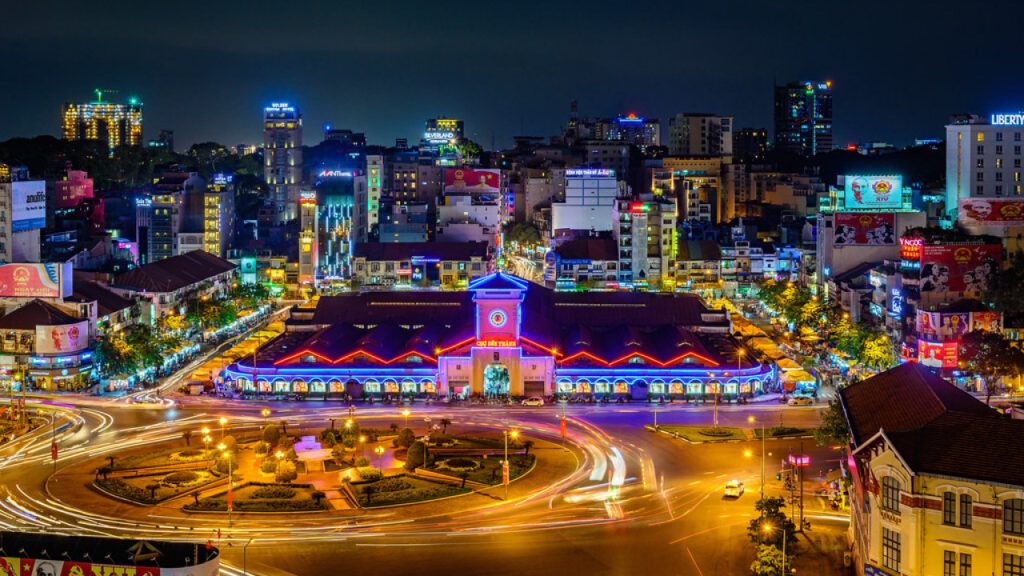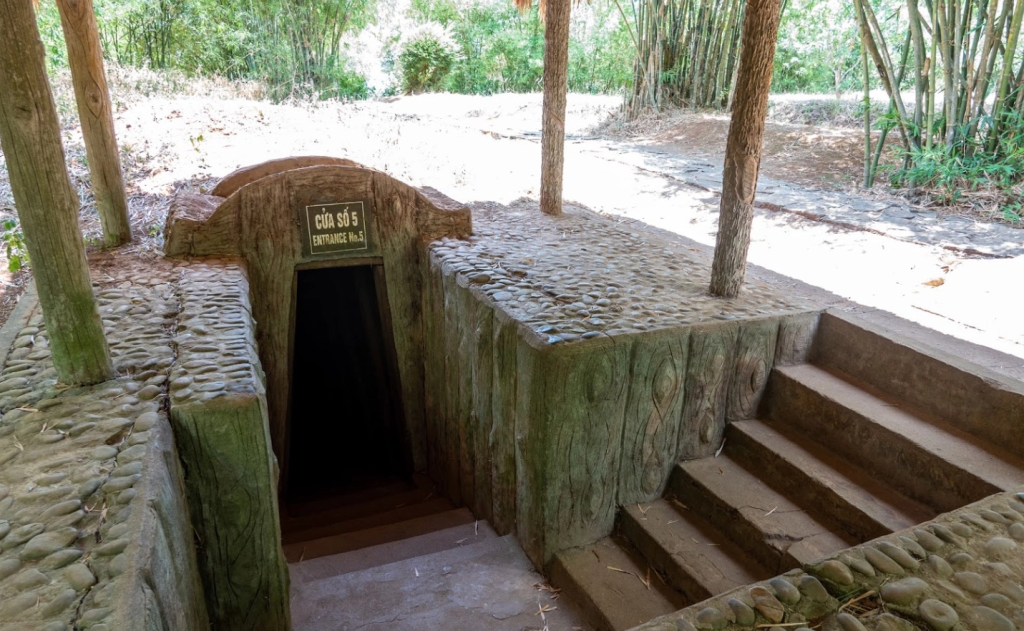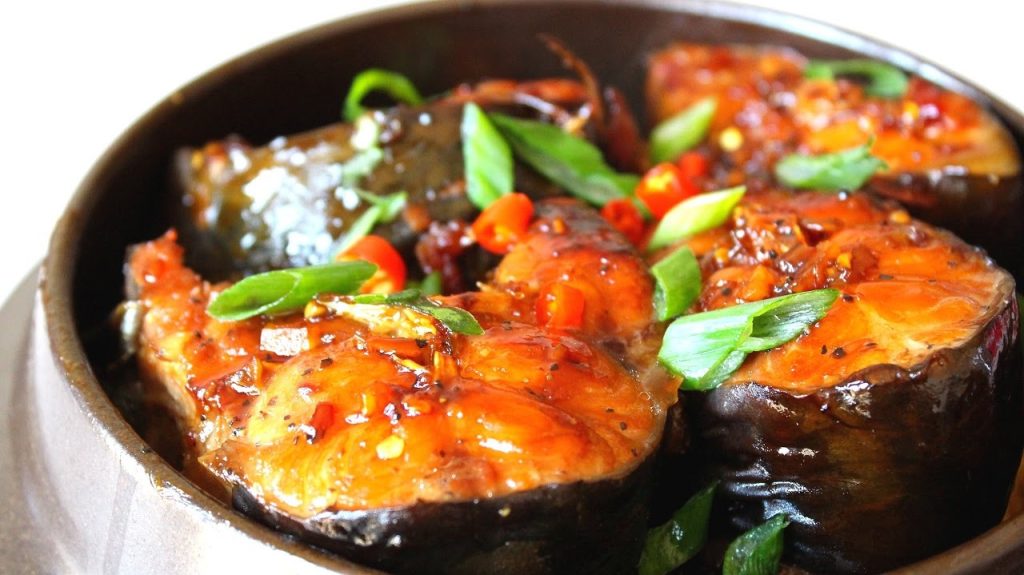VIETNAM 14 DAYS ITINERARY (2 WEEKS) FROM SOUTH TO NORTH
How many days enough for Vietnam
A 14-day Vietnam itinerary is a good amount of time to be able to enjoy the lovely land and culture here. That is the time at least to completely enjoy all that this S-shaped nation has to offer.
You can adjust your schedule if you have more or less time. To save time, you should prioritize visiting cities in the same region. Or you can get in touch with travel agencies to assist you in finding the most affordable trip.
How is the weather in Vietnam
Vietnam has a diverse climate, and each region gets a range of weather. There are always places with pleasant weather. This means that depending on where and when you visit Vietnam. Here is our guide to the climate and the weather in the different parts of Vietnam:
- There are four seasons in Vietnam’s northern regions. North Vietnam experiences warm weather all year round. Whether the weather front is coming from the cooler north or the warmer south will affect the afternoon temperature.
- There are just two seasons in central Vietnam, unlike northern Vietnam. Between December and August is the dry season, while between September and November is the rainy season.
- Since South Vietnam has a tropical climate, the temperature ranges from 25 to 35 degrees all year round. The daytime temperature is often around 30 degrees.
Vietnam 14 day itinerary from South to North
| Day 1 | Ho Chi Minh City |
| Day 2 | Cu Chi Tunnels |
| Day 3 | Mekong Delta |
| Day 4-5 | Nha Trang |
| Day 6 | Da Nang |
| Day 7 | Hoi An |
| Day 8 | Cham Island |
| Day 9-10 | Hanoi |
| Day 10-11 | Ha Long Bay |
| Day 12-13 | Sapa |
| Day 14 | Ha Noi |
Day 1: Ho Chi Minh City
The urban and metropolitan Southern capital is relatively young compared to other major Vietnamese cities, but it still has the distinctive Vietnamese touch that all of its major cities do so well. The city is a combination of modern and traditional, with old French colonial and Vietnamese traditional buildings standing cheek-to-cheek with sleek skyscrapers, curved tiled roofs and glass windows side by side in harmony. For a cross-section of Saigon’s influences, you can visit the Central Post Office, the Ben Thanh Market, and the Independence Palace.
The French can keep their baguettes; Vietnam has taken the classic boulangerie treat and made it their own in the bánh mì. This sandwich, when made Saigon-style, is generously loaded with five different kinds of cold cuts and pâté (often homemade), balanced out by enough pickled vegetables and sauces to make it enjoyable and not too greasy. This is one of Vietnam must try food when you visit Ho Chi Minh city

Day 2: Cu Chi Tunnels
On the second day of Vietnam 14 day itinerary, let’s visit Cu Chi tunnels. Living in modern life with all the amenities, one can hardly conceive that people actually could live underground, where darkness, disease, claustrophobia, and other mortal perils ran rampant. The Viet Cong soldiers of the Cu Chi tunnels endured all that, and today visitors can briefly glimpse their experience in a 1.5-hour tour along the intricate system.
Even though it only takes a short time to traverse the tunnels, Cu Chi has great, rustic food that might coax a traveler to stay. Cassava can be boiled and eaten with peanut-and-sesame salt and grated coconut, or cooked with rice (although eating these hearty roots on an empty stomach can cause poisoning). If you only have a short time, try durian sugarcane juice from an extremely popular 25-year-old shop.

Day 3: Mekong Delta
This delta is affectionately referred to as “the granary of Vietnam”. The nickname is easy to understand once you see the massive paddy fields that produce excellent-quality rice for both domestic and export uses. Culturally, the region is also home to ornate places of worship, and many farmers and artisans who live off of the land’s generosity.
The waters of the Mekong created an extremely fertile land that produces wonderful crops. Caramelized fish in clay pots is a treat when eaten with sweet white rice, a marriage of the land and the river.

Day 4-5: Nha Trang
On the next days of Vietnam 14 day itinerary, we will return to central, where there are the most beautiful beaches in Vietnam. Nha Trang was once in the territory of the Kingdom of Champa. Ruins of this once-great realm can still be visited, such as Ponagar Tower. Most tourists, however, go to Nha Trang for its long, curving stretch of beach with a promenade.
While this coastal town certainly has an abundance of seafood, it has also earned acclaim for Lac Canh grilled beef, named after the restaurant that originated it. The beef is cubed and marinated with secret ingredients, then grilled on hot coals.

Day 6: Da Nang
Like Nha Trang, Da Nang also boasts a stretch of coastline with white sand and blue waters. If you’ve had your fill of bathing, consider visiting Ba Na Hills, an entertainment complex that brings the charms of the European Old World to fog-wreathed Vietnamese hilltops. Looking out at the land from the complex’s Golden Bridge, a walkway lifted up by two massive moss-covered stone hands, is also a surreal yet delightful experience.
Mi Quang (Quang noodle) is a combination of a noodle soup and salad. Turmeric-dyed yellow noodles are served with generous toppings of proteins of choice, alongside coriander, basil, and sliced banana flower, with a little broth.

Day 7: Hoi An
Hoi An is a former harbor town shaped by the confluence of all the trade routes that went through it and the people who settled down. At night, the river is once more filled with boats, carrying visitors gently placing floating lotus lanterns on the waters.
In addition to Mi Quang, Hoi An also claims another noodle dish: Cao Lau (high stories), named after the fact that it was once served to the rich who dined in the upper stories of a building. Today, anyone can enjoy this wonderful dish of golden noodles, herbs, pork, shrimp, croutons, and the slightest amount of broth.

Day 8: Cham Island
Cham Island is a popular day-trip destination from Hoi An, where the calm waters offer opportunities to swim, kayak, dive among the tropical corals, or simply relax on the beach.
The locals have taken great advantage of their access to fresh seafood. Flower crabs, a juicy trademark of the island, are steamed with beer and dipped into a concoction of salt, pepper, and lemon juice.
Day 9-10: Hanoi
The capital city of Vietnam has been the heart of the country for over a thousand years, where royalty ruled, lived, and died. The heart of the city itself, however, must be Sword Lake, where it is said an Emperor once returned a legendary sword to the Golden Turtle. It is surrounded by the Old Quarters, the historical core of the city before its expansion outwards.
Even though debate still rages on who invented Pho, arguably Vietnam’s national dish, one thing cannot be denied: Hanoi knows how to make a good bowl of it. This hearty rice noodle soup can be enjoyed at any time of the day with a variety of toppings – thinly sliced beef, chicken, a variation of sot vang (boeuf au vin) -, herbs, and even fried dough sticks.

Day 10-11: Ha Long Bay
Ha Long Bay is one of the best place to visit in Vietnam. Recognized as a UNESCO World Heritage Site, Ha Long Bay is home to an immense collection of 1.600 limestone islands and islets, many of them with their own names and lore. Visitors are advised to board a cruise or boat to see these immense works of nature up close, in addition to naturally-formed caves.
Given an incredible canvas of fresh seafood, Quang Ninh chefs created simple yet flavorful and unforgettable dishes. Cha Muc are hand-ground squid cakes fried to a golden brown; the best are made from squids caught in the bay. The abundance of sam (horseshoe crabs) also allows locals to enjoy a dazzling variety of crab dishes, from simply steamed to glass noodles stir-fried with carefully de-shelled crab meat.

Day 12-13: Sapa
To change the atmosphere as well as interesting activities in Vietnam 14-day itinerary, we will go to Sapa – the place with the coldest weather in this country. This quiet little mountain town offers a range of activities. Thrill-seekers can conquer Fansipan, “the roof of Indochina” as the region’s tallest mountain. In spring, blooming flowers can be observed everywhere. The town also hosts a “love market”, where young people come to talk, sing, play games, fall in love, and be married come spring.
In the chill air and the mist, crowding around a grill to be served piping-hot beef wrapped around enoki mushrooms or mustard greens, stomach, intestines, and various other well-marinated ingredients, is an experience in itself.

Day 14: Ha Noi
Before saying goodbye to the beautiful land of Vietnam, you can enjoy Bun Cha. Bun Cha is a Vietnamese dish, consisting of vermicelli, grilled pork rolls over charcoal, and a bowl of sweet and sour fish sauce. The dish originates from the North of Vietnam and is a long-standing dish of Hanoi, so it can be considered one of the typical specialties of Hanoi cuisine. This is also a food that US President Barack Obama loved and ate when he visited this capital.
For the final day of this 14-day Vietnam itinerary, we suggest that you simply take the time to roam around the city and let it surprise you with what it can offer.
Vietnam itinerary 2 weeks family North to South
| Day 1 | Welcome to Hanoi! |
| Day 2 | Ha Noi city tour |
| Day 3 | Hanoi – Ha Long Bay |
| Day 4 | Ha Long – Ninh Binh |
| Day 5 | Ninh Binh ( Tam Coc – Hoa Lu) – Return to Hanoi for a flight to Da Nang |
| Day 6 | Hoi An City tour – local village – Cooking class |
| Day 7 | Hoi An free time |
| Day 8 | Goodbye Hoi An – Phu Quoc Arrival |
| Day 9 | Explore Phu Quoc |
| Day 10 | Explore Phu Quoc |
| Day 11 | Sai Gon half-day city tour – Cu Chi Tunnels |
| Day 12 | Sai Gon half-day city tour – Cu Chi Tunnels |
| Day 13 | Mekong Delta – Return to Sai Gon |
| Day 14 | Goodbye Sai Gon |
FAQs about Vietnam 14 day itinerary
You can go to Ho Chi Minh city, Mekong Delta, Nha Trang, Sapa, Ha Long Bay,… for 14 days. Check out the detailed 14-day itinerary in our article.
The best time to travel to Vietnam in March to April or December to February of next year, when the weather is pretty good in most regions in Vietnam
With the sharing of the Vietnam 14 day itinerary from FTrip, we hope you have more useful information. Vietnam is certainly worth experiencing even if you only have two weeks to spare! Consider checking out this inspiration for a Vietnam itinerary 15 days, Vietnam 6 day itinerary, or Vietnam 12-day itinerary to plan a trip. In addition, FTrip has many tours to help you have great experiences not only in Vietnam but also in Laos and Cambodia! Contact us right now!
Source: Ttravel



Comments
Post a Comment